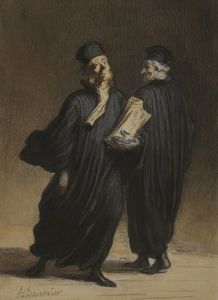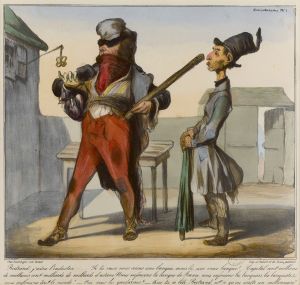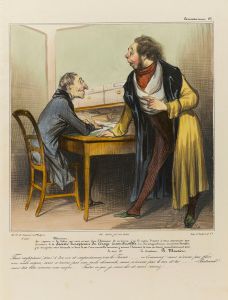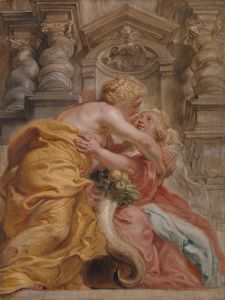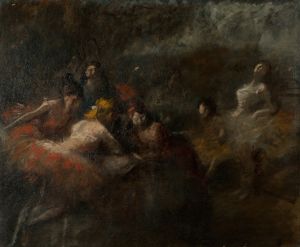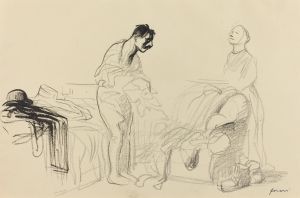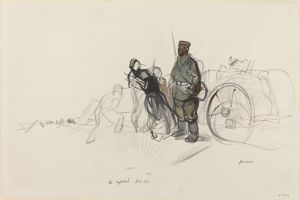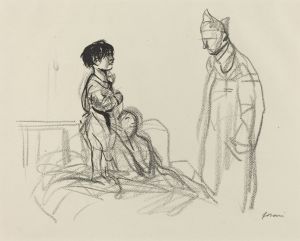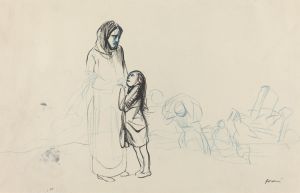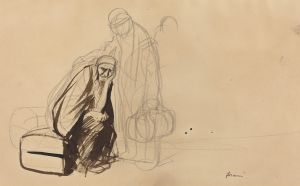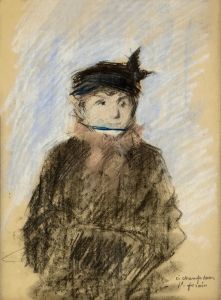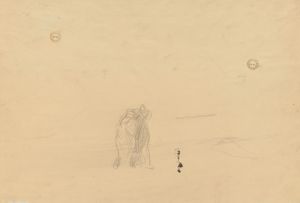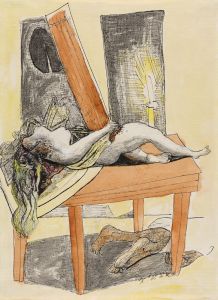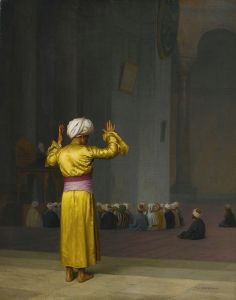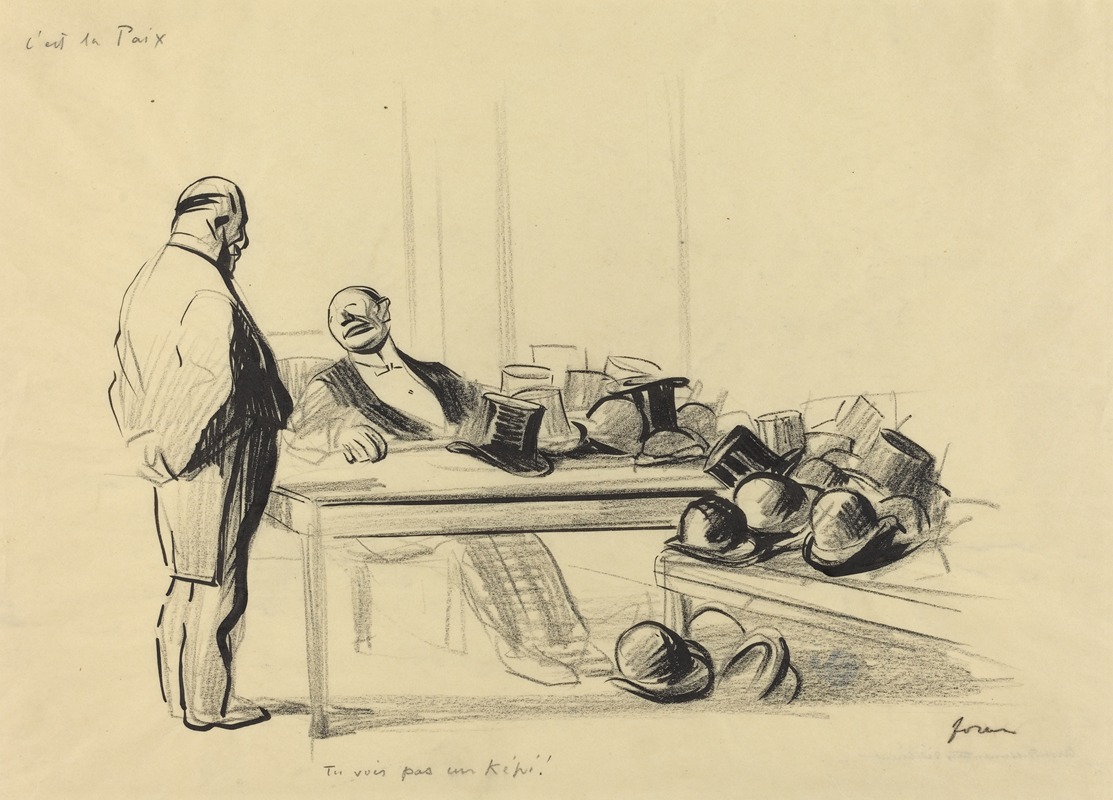
C’est la Paix. Tu vois pas un kepi!
A hand-painted replica of Jean-Louis Forain’s masterpiece C’est la Paix. Tu vois pas un kepi!, meticulously crafted by professional artists to capture the true essence of the original. Each piece is created with museum-quality canvas and rare mineral pigments, carefully painted by experienced artists with delicate brushstrokes and rich, layered colors to perfectly recreate the texture of the original artwork. Unlike machine-printed reproductions, this hand-painted version brings the painting to life, infused with the artist’s emotions and skill in every stroke. Whether for personal collection or home decoration, it instantly elevates the artistic atmosphere of any space.
Jean-Louis Forain was a French painter and printmaker known for his satirical depictions of Parisian life in the late 19th and early 20th centuries. His work often focused on the social and political issues of his time, capturing the essence of French society with a keen eye for detail and a sharp wit. One of his notable works is "C’est la Paix. Tu vois pas un kepi!" which translates to "It's Peace. You don't see a kepi!" This painting is a reflection of Forain's interest in the political climate of his era, particularly the tensions and aftermath of World War I.
Forain was born on October 23, 1852, in Reims, France. He moved to Paris at a young age, where he became associated with the Impressionist movement, although his style was more aligned with realism and caricature. He was a contemporary of artists like Edgar Degas and was influenced by Honoré Daumier, known for his satirical works. Forain's art often depicted the everyday lives of Parisians, from the bustling streets to the intimate settings of cafes and theaters.
"C’est la Paix. Tu vois pas un kepi!" is a work that exemplifies Forain's ability to comment on the political and social issues of his time through art. The title itself is a direct reference to the absence of military presence, as "kepi" refers to the cap worn by French soldiers. This suggests a scene of peace, possibly in the aftermath of conflict, where the military influence has receded from public life. The painting likely captures the relief and optimism that followed the end of World War I, a time when France, like much of Europe, was recovering from the devastation of war.
Forain's work during this period often reflected his critical view of the political landscape. He was known for his contributions to various publications, where his illustrations and caricatures provided commentary on current events. His art was not just a reflection of society but also a critique, using humor and satire to address serious topics.
Throughout his career, Forain remained committed to depicting the realities of his time, whether through the lens of humor or stark realism. His works are characterized by their dynamic compositions and expressive use of line, capturing the vibrancy and complexity of human interactions. "C’est la Paix. Tu vois pas un kepi!" is a testament to his skill in using art as a means of social commentary, providing insight into the mood and sentiments of post-war France.
Jean-Louis Forain passed away on July 11, 1931, in Paris, leaving behind a legacy of work that continues to be appreciated for its artistic merit and historical significance. His paintings and illustrations remain a valuable resource for understanding the cultural and political climate of his time, offering a window into the world of early 20th-century France.





